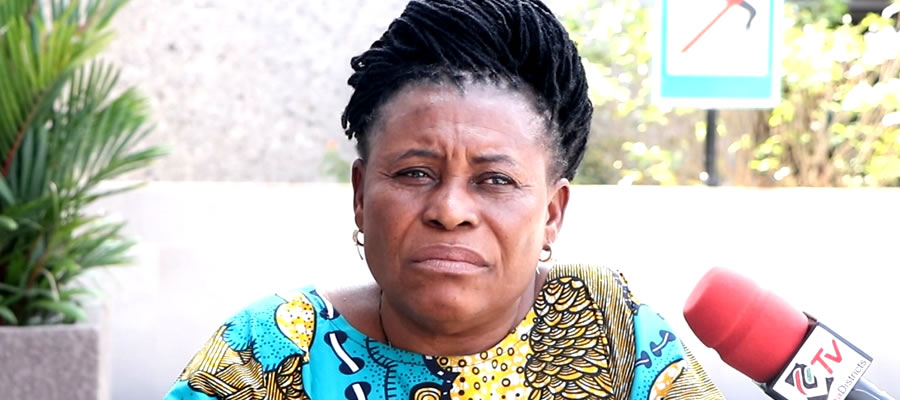

Health Service Organisation and Infrastructure
The health service is organised as a 3-tier service delivery structure. 1st line CHPS zone, second line Health Centre services are complemented by third line Hospital services. The District is fairly well served in terms of number of health facilities but many of these are not functioning well due to lack of qualified staff and equipment. It is served by 13 facilities two of which are owned by mission providers and one owned by a private midwife. Two of the GHS facilities, Dorkpiorme and Gamenu CHPS are without nurses. Two of the institutions in the District, one of which is Mission-owned provide hospital services. There are also private chemical sellers with no formal hnKS with the government health service, and traditional birth attendants some of whom had received trainino from the health service.
HIV/AIDS Cases
There is a doubling of cases and deaths between 2004 and 2005 for HIV/AIDS, an analysis of the situation may point at failure of interventions in the negative or an improved reporting and health seeking by cases in a positive direction. A large number of cases are cases referred for laboratory examinations from other districts.
There were two disease outbreaks in the period under review but of imported sources, (guinea worm and Cholera) Maiaria Is the highest number of cases reporting with a percentage of (47%), AR! is the second highest with (10%), the least reporting is Gynaecological conditions (3%) The district currently has staff strength of 259 with a gap of 209. There are presently only 4 doctors and 50 nurses in the district. The Population to Doctor Ratio is 17,802: Iwheras the Population to Nurse Ratio = 1424:1 Out of six sub districts only one (Dabala-Adutor) has a midwife.
Health Insurance
The District Mutual Health Insurance Scheme inaugurated in 2005 has registered about 5800 persons with about 5000 already enjoying the scheme. This number however, is small compared to the district population figure of about 70,000. The low registration could be attributed to the apathy of the communities towards the scheme, which is informed by the negative patient -nurse relationship, and the preferential treatment often given to the non -insured patients. The scheme has also not been provided with any reliable means of transport to enable the staff intensify their outreach programmes.
Date Created : 11/23/2017 4:00:12 AM









 facebook
facebook
 twitter
twitter
 Youtube
Youtube
 +233 593 831 280
+233 593 831 280 0800 430 430
0800 430 430 GPS: GE-231-4383
GPS: GE-231-4383 info@ghanadistricts.com
info@ghanadistricts.com Box GP1044, Accra, Ghana
Box GP1044, Accra, Ghana